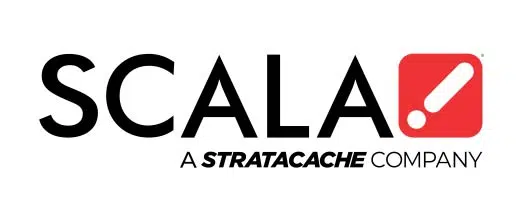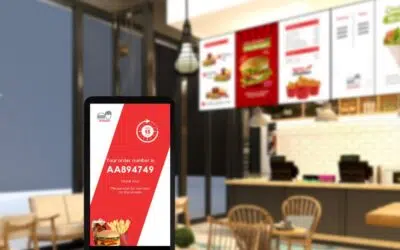What is Digital Signage Software? How is it Transforming Businesses in Singapore?
by Scala Team
What is Digital Signage Software? How is it Transforming Businesses in Singapore?
by Scala Team
- What is Digital Signage Software?
- How is Digital Signage Software Transforming Businesses in Singapore?
- Retail: Enhancing Customer Experience
- Corporate: Boosting Efficiency and Engagement
- Education: Elevating Student Engagement
- Healthcare: Improving Patient Experience
- Hospitality: Enhancing Guest Experience
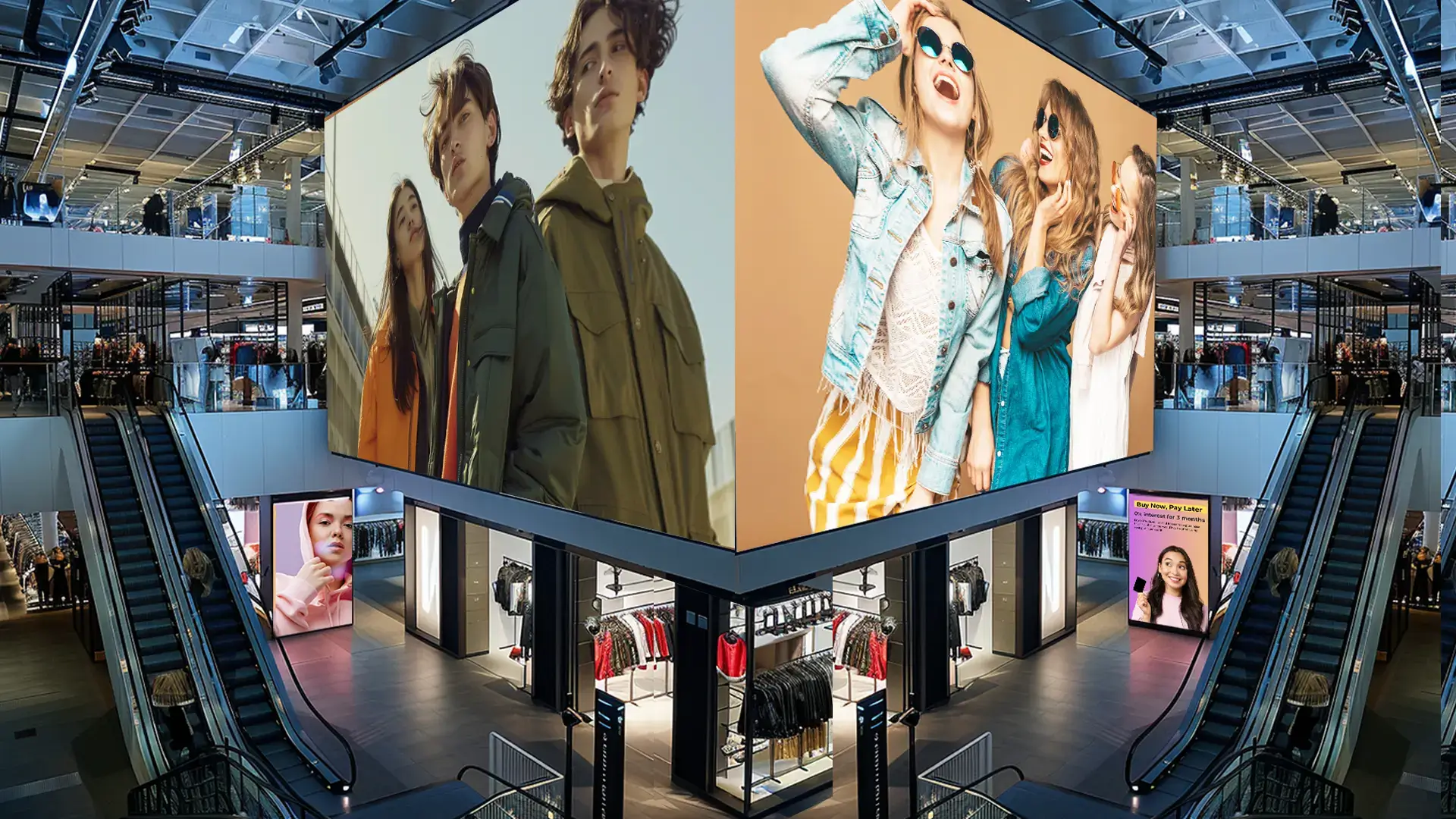
Digital Signage software has rapidly changed the way businesses in Singapore operate and attract their customers across all industries. From corporate offices, hospitals, retail stores, malls and more, digital signage is an essential tool for improving operational efficiency and enhancing customer engagement and awareness.
In this blog, we will explore how business transformation with digital signage is now evolving in Singapore and how it can benefit your own organization.
What is Digital Signage Software?
Digital Signage Software is a platform used to manage, distribute, and display visual content on digital screens. Digital screens or digital signages are commonly seen in public spaces, restaurants, hospitals, retails stores and other locations.
A Digital Signage Software is an essential tool to ensure effective digital signage management and scheduling of content across multiple locations, remote access and management and other interactive capabilities.
How is Digital Signage Software Transforming Businesses in Singapore?
Retail: Enhancing Customer Experience:
In the retail sector, customer experience and service are key in obtaining new and loyal customers. Digital signage software is transforming retail stores in Singapore through enhancing customer engagement, streamlining operation, and providing real-time communication capabilities.
- Enhance Customer Experience: Retail stores can maximise the capabilities of their digital signage solutions through displaying dynamic content such as promotions, new product arrivals, and product information.
- Targeted advertising based on customer demographics and behaviours: Marketing strategies and promotions can now be personalised with your digital signage software. An example would be location-based marketing offers to help promote slow moving products on a per location or branch basis.

Several retailers are already maximising the use of digital signage software, here are some examples:
- Fashion Retailer: One of the top fashion retailers in Singapore has integrated digital signage into its stores by showcasing seasonal collections and campaigns. Through utilising visually dynamic content and interactive digital displays, the retailer has seen a significant increase in sales during promotion periods and increased foot traffic.
- Grocery Store: A local grocery store in Singapore has adopted digital signage to create and display real-time offers and product information. The grocery store has reported overall improvement in customer satisfaction, retention and a higher average spend with shoppers spending more time in their store encouraging them to make larger purchases.
Corporate: Boosting Efficiency and Engagement
Corporate environments continue to improve their operational efficiency by creating engaging experiences for their employees, visitors and clients with a digital signage software. Sharing achievements, company goals, reminders have been easier with a digital signage management that can help the team schedule content and display updates across multiple locations instantly.
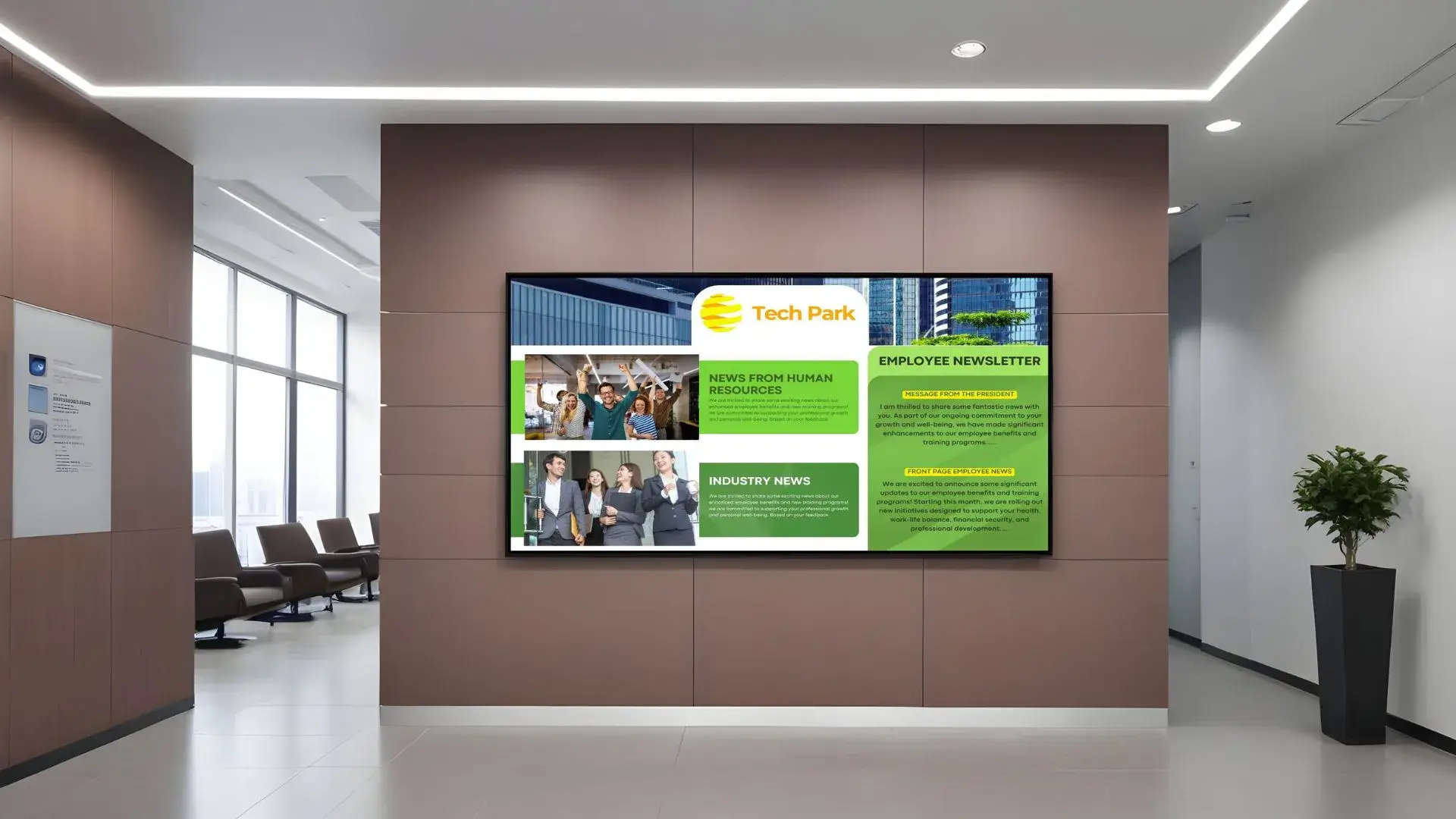
Here are some examples in using digital signage software in a corporate setup:
- Display Real-Time Announcements: Companies can Improve internal communications with real-time announcements, performance, target dashboards, and company news. Aside from these, it can also be used in emergency situations as the need arises.
- Way finder: Visitors and clients usually have a hard time looking for the department they need to visit and this can be resolved with having an interactive wayfinder by the entrance of the office to help give them the quickest route.
Increased Engagement – Encourage engagement of colleagues in the office with digital notice boards in common areas. These can act as a tool to allowing the employees to feel that their voice and opinion matters through creating surveys or questionnaires for instant feedback.
Several companies in Singapore have successfully implemented digital signage solutions, reaping the benefits of enhanced communication and operational efficiency. Here are some examples:
- Multinational Corporation: A multinational corporation in Singapore integrated digital signage into its offices to improve internal communications. By displaying real-time performance metrics and company news on digital screens, the organization saw increased employee engagement and a stronger connection to corporate goals.
- Financial Institution: A leading financial institution adopted digital signage to enhance client engagement in its branches. They showcased dynamic content related to financial products and services and as a result, the institution was able to attract more clients and improve customer satisfaction.
Education: Elevating Student Engagement:
As students today are tech-savy and digitally inclined, the education sector in Singapore is rapidly using digital signage software to elevate student engagement, enhance communication and support interactive learning experiences.
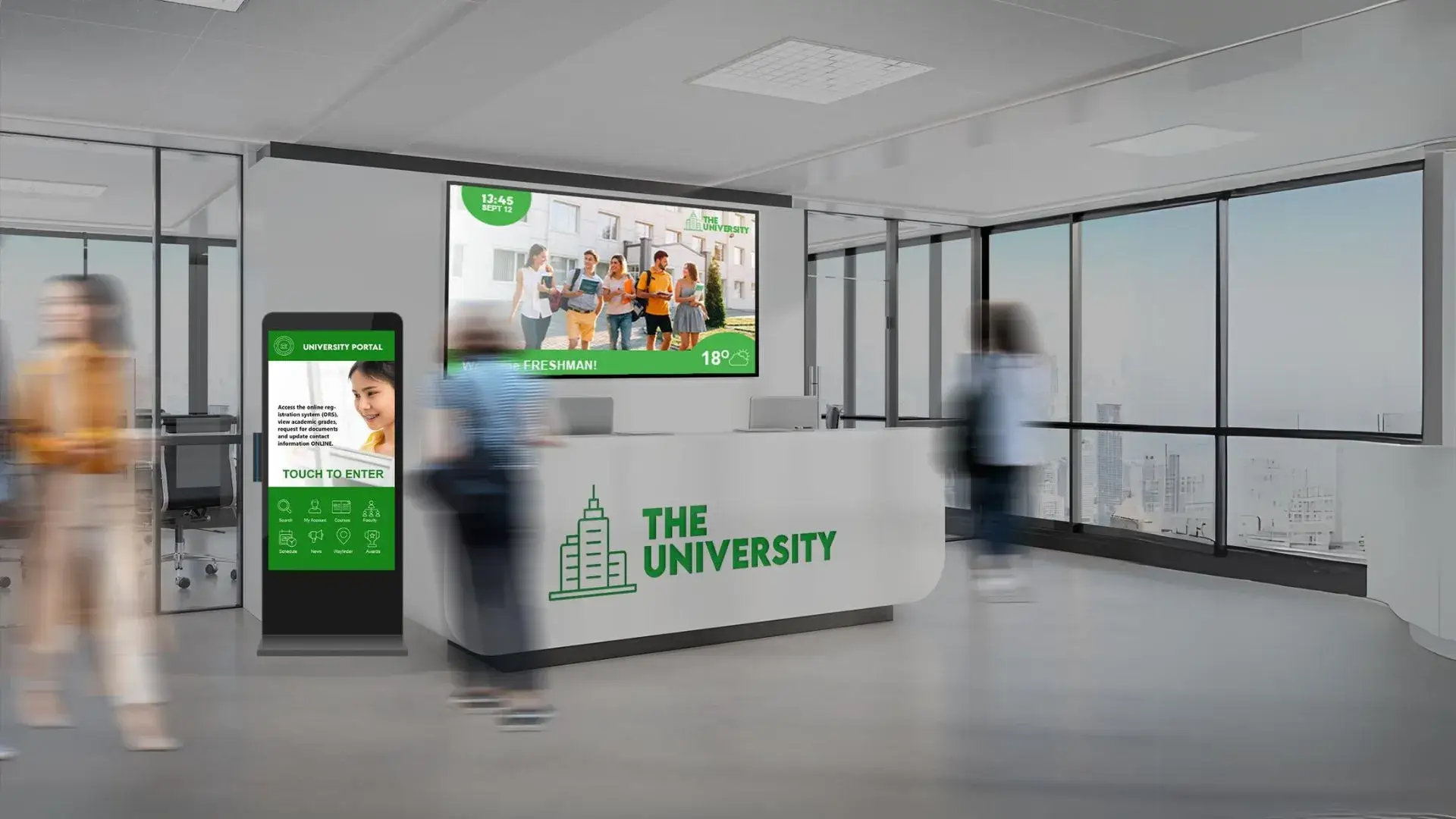
Here are some examples in using digital signage software in restructuring education:
- Enhance Communication – Digital signage software is a powerful to that can enhance school campuses by providing real-time announcements and capture the attention of students with the delivery of dynamic content such as animations / videos. Emergency alerts in critical situations can be displayed on digital signage displays across the campus to ensure the safety and well-being of students and staff.
- Supporting Interactive Learning – Digital signage software supports interactive learning, which makes today’s educators more engaging, effective and relevant. There are several features such as Touch Screen Capabilities that allow students to interact with the content displayed, and collaborative learning that allows students to share their presentations on larger screens that fosters teamwork and encourages peer-to-peer learning to enhance the overall educational experience.
Increased Engagement – Encourage engagement of colleagues in the office with digital notice boards in common areas. These can act as a tool to allowing the employees to feel that their voice and opinion matters through creating surveys or questionnaires for instant feedback.
Successful Digital Signage Software Implementations in Schools:
Several educational institutions have effectively implemented digital signage solutions, reaping the benefits of increased communication and engagement.
- A university has integrated digital signage by strategically placing interactive digital screens in key locations, to showcase real-time class schedules, promotes events, and shares campus news. This initiative has improved attendance at university events and encouraged a sense of community among students.
- A Singapore school hasmplemented digital signage to create a dynamic and welcoming environment for students and visitors. The school has large interactive displays in its reception area, allowing visitors to access information about the school. Additionally, SAS combines digital signage in classrooms to enhance learning experiences for improved academic performance.
Healthcare: Improving Patient Experience:
Digital signage software is transforming healthcare in Singapore through enhancing the patient experience, improving communication within the facilities, and streamlining operations. As healthcare providers continue to implement digital signage solutions, they continue to discover potential patient outcomes and create a more efficient and effective healthcare system.
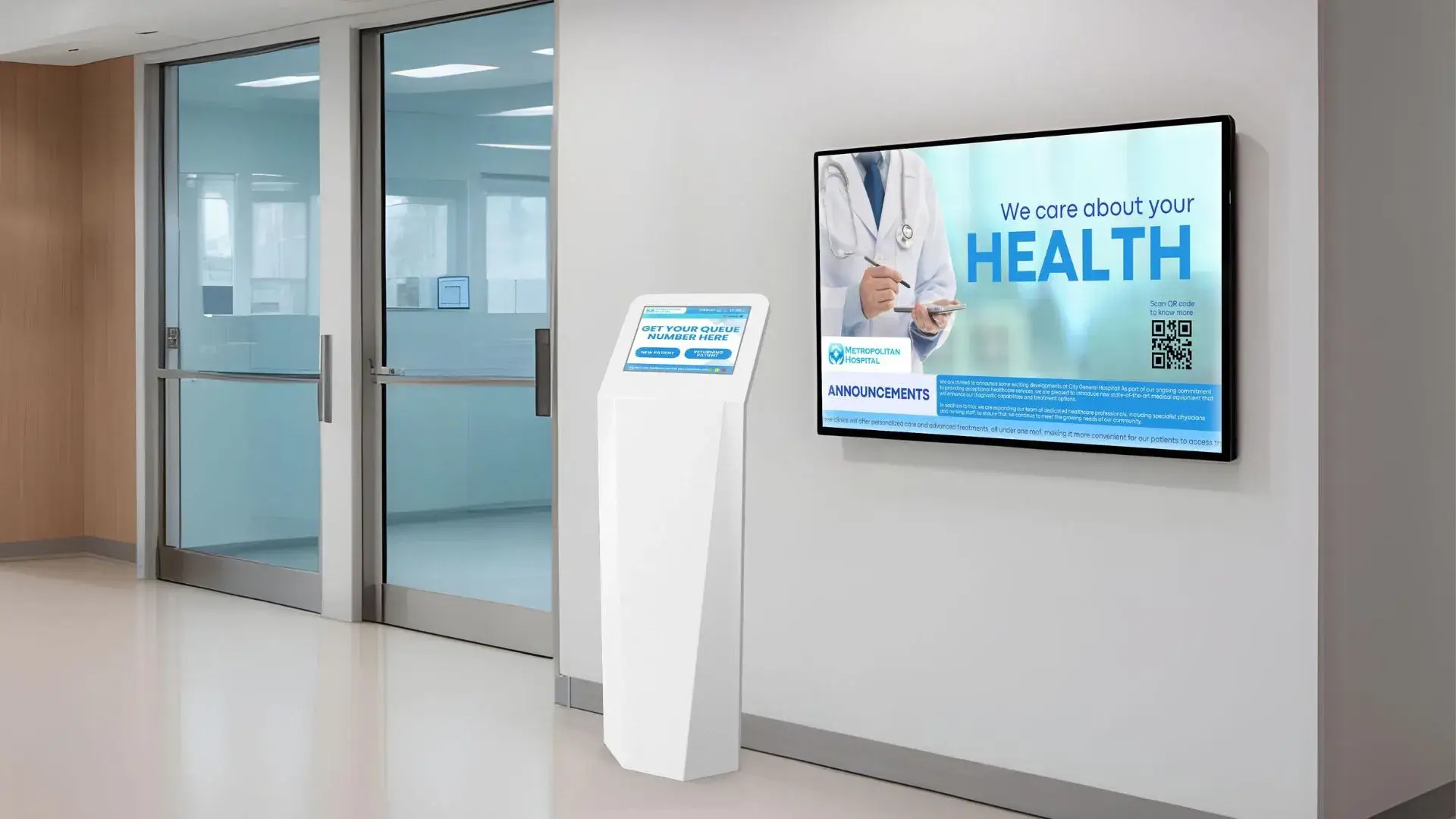
- Checking Patients In or Out of the Hospital:
A digital signage software equipped with a queue management system (QMS) makes it easier for hospitals to see who’s coming in and who’s checking out. Some features also ensure that these digital signage collects accurate patient information and relay it to corresponding systems. The addition of a payment feature also allows for cashless settling of hospital / clinic / pharmacy expenses on the part of the patient or their companion.
- Clinical and / or Patient Management Portals:
Connecting a hospital’s networked digital signage to a cloud-based patient management system reduces the need for physical data entry and, consequently, reduces the time necessary for information gathering or records retrieval. For patients, digital kiosks also offer a way to preview test results for individual accounts.
- A More Accurate Wayfinder:
Integrating a map / wayfinder function into a digital signage gives patients a more accurate idea of where to go. In more advanced models such as Scala’s Digital Signage Software, patients are also advised as to nearest landmarks, which lift to take, how far their destination is from where they are, and even how long it will take to get there. Likewise, directories of individual clinicians may also be accessed via these kiosks.
Hospitality: Enhancing Guest Services
In the hospitality sector, the focus is to increase guest satisfaction throughout their stay. Travellers today look for quick and efficient service to reduce wait times and maximise the time of their vacation. The hospitality industry is quickly adopting the use of digital signage software to engage their guests, enhance guest experience, and to quicken check-in and check-out process.

- Improve Guest Experience:
With the technological advances that travellers quickly adopt, quick, seamless and convenient service is a must in all hotels. Having a digital signage software can allow the hotel to offer self-check in and check out which can instantly wow your guests as there will be no need for them to line-up and wait in queues at the front office desk. Upon arrival, they can head to the digital signage kiosk and start the self-check-in or check-out process. This gives them the ability to save time and enjoy the vacation without the hassles of lining up. - Real-time Promotional Content:
Guests in a hotel look forward to exciting things to do, eat or try out. Having a digital signage software allows you to promote time-based or even weather-based content, as an example if the weather is bad in your resort, you can instantly update the digital displays to show or offer indoor activities and promotions that they can avail of. This can also be utilised to show transportation schedules, event listings and more.
Digital Menu Boards – Gone are the days of reprinting menus every time the price changes. Now, the hotel can be both eco-friendly and digitally advanced by using digital menu boards in their dining outlets or cafés. This makes it easier for guests to see what they want to order and choose more efficiently.
Conclusion:
Digital signage software is a game changer across different industries and businesses in Singapore because it will ultimately improve customer experience, encourage guest engagement, increase customer loyalty and in return will drive better sales and profits for the business. If you are looking to start utilising digital signage software for your business, get in touch with digital signage experts such as the Scala team or visit https://apac.scala.com/sg/
Frequently Asked Questions
1. What is Digital Signage Software, and how does it work?
Digital Signage Software is a platform used to manage, distribute, and display visual content on digital screens. Digital screens or digital signages are commonly seen in public spaces, restaurants, hospitals, retails stores and other locations.
A Digital Signage Software is an essential tool to ensure effective digital signage management and scheduling of content across multiple locations, remote access and management and other interactive capabilities.
2. What are the key features to look for in Digital Signage Software?
When selecting digital signage software, businesses should consider the following key features:
- Remote Display Management: The ability to manage and update digital signage content from any location, ensuring that information is always current and relevant.
- Content Scheduling and Automation: Tools that allow users to schedule content playback at specific times or based on triggers, enhancing operational efficiency.
- Interactive Capabilities: Support for touch screens and interactive content, which can engage customers and provide a more dynamic experience.
- Media Library: A centralized repository for organizing and managing multimedia content, making it easy to access and update materials.
- Real-Time Updates: The capability to update content instantly, which is essential for displaying timely information like promotions or emergency alerts.
- Analytics and Reporting: Tools to measure engagement and effectiveness of displayed content, enabling data-driven decision-making.
3. How does Digital Signage Software improve content management and customer engagement?
Digital signage software improves content management and customer engagement through:
- Centralized Content Management: Content managers can create, organize, and schedule content from a single platform with remote access, streamlining the content creation process.
- Dynamic and Engaging Displays: To capture customer attention, digital signage software should be able to showcase multimedia content such as videos, images and animations.
- Real-Time Interactivity: To allow customers to engage with you, digital signage software should have interactive features such as through touch screens or QR codes, enhancing their overall experience.
- Targeted Messaging: Personalise and push out messages based on customer preference ensuring that the right messages reach the right people at the right time.
4. What should businesses consider when selecting Digital Signage Software in Singapore?
When choosing digital signage software in Singapore, businesses should consider these features that Scala offers:
- Local Support and Services: Make sure that you supplier offers reliable customer support and services tailored to the Singapore market. Scala offers a dedicated portal for their customers and support across Asia Pacific for a quick and reliable way to resolve any challenges.
- Integration Capabilities: The digital signage software should be able to integrate with existing systems, such as CRM or POS systems, to enhance functionality.
- Scalability: As your business grows, your digital signage software should be able to accommodate additional displays or features to meet your business needs.
- User-Friendly Interface: For easy access for content managers, the digital signage software should be intuitive and easy to use. This allows staff to manage content without the need for long and extensive training sessions.
- Cost-Effectiveness: There are several fees that is included in every digital signage software, you should evaluate the total cost of ownership, including subscription fees, hardware requirements, and any additional costs for features or support.
5. How can Digital Signage Software be customised to meet specific business needs?
Digital signage software is fully customisable to align with specific business needs:
- Template Customization: Many software solutions such as Scala offer templates that allow businesses to create branded content that reflects their identity.
- Integration with External Data Sources: Custom integrations can pull in data from various sources (social media feeds) to create dynamic content that is relevant to the target audience.
- User Access Control: Businesses can set different access levels for users, ensuring that only authorized personnel can access the dashboard, make changes to content or settings.
- Custom Features and Functionalities: Some providers such as Scala offer the option to develop custom features tailored to specific operational requirements, enhancing the software’s effectiveness for the business.
- Flexible Content Scheduling: Businesses can create unique scheduling rules based on operational needs to ensure that content is displayed at optimal times.
About the Author:
Scala digital signage experts share their experience and thoughts in our blog to provide practical tips and advice for real-world applications. Our team aims to offer interesting content through a variety of formats including long form articles, video logs, interviews and infographics.
